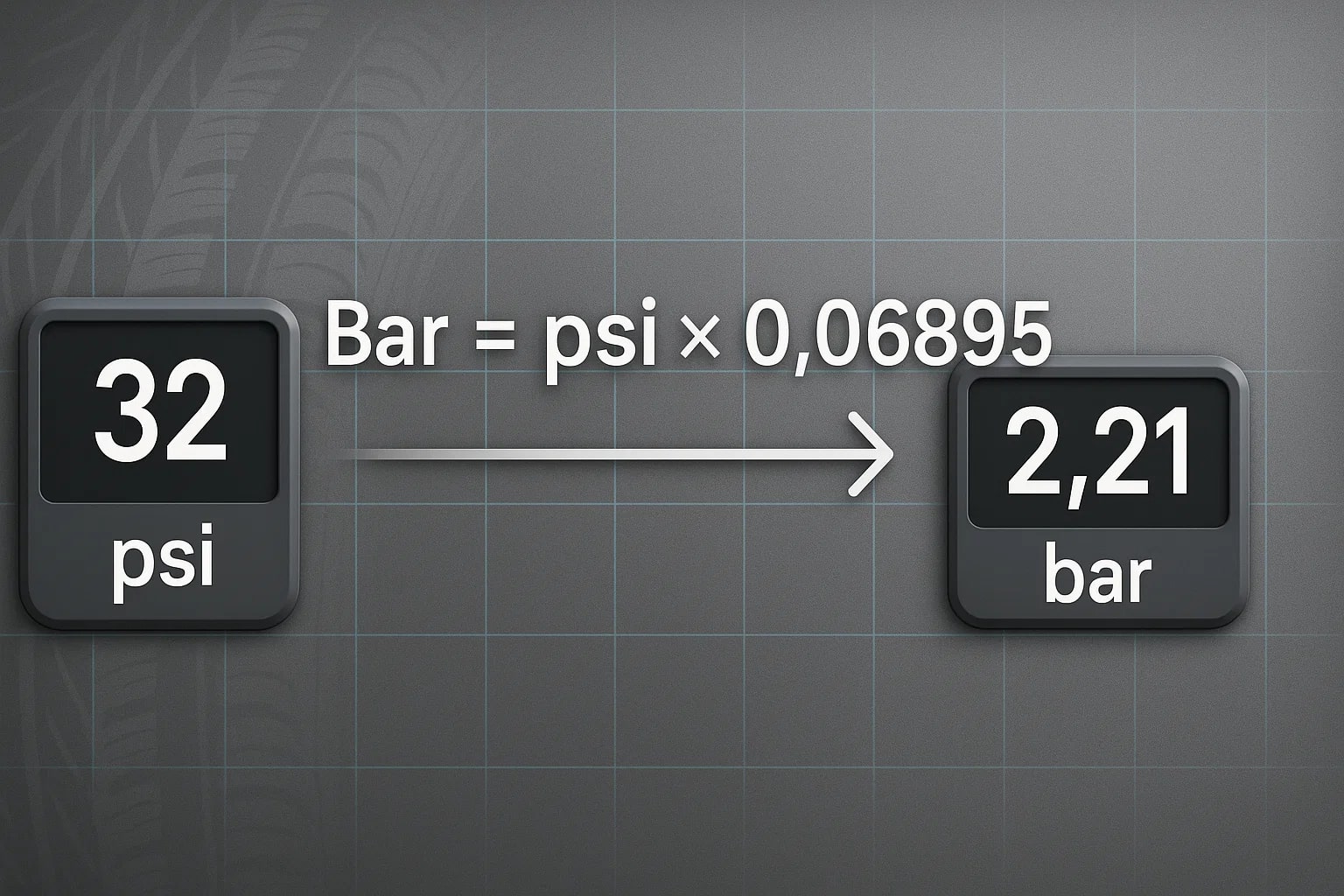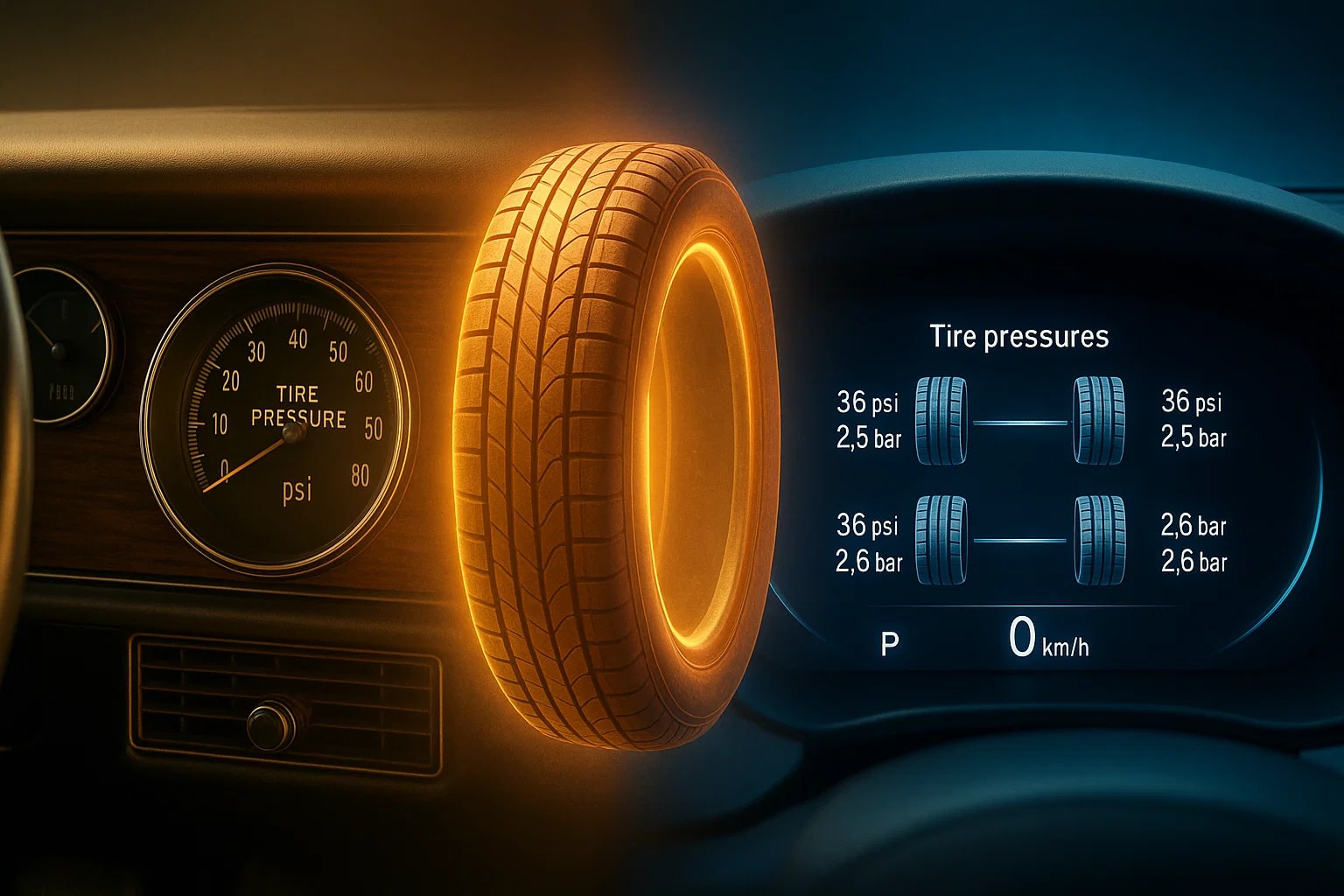pound per square inch to bar – How to convert psi to bar
The pound per square inch (psi) is widely used in the United States and the U.K. for tire pressure, hydraulics, and industrial systems. The bar, on the other hand, is common in Europe and global industries for practical pressure measurement. Converting pound per square inch to bar ensures accuracy and compatibility across different regions and technical fields.
What is a pound per square inch (psi)?
A pound per square inch is a unit of pressure that expresses the force of one pound applied to an area of one square inch. It is often seen on car tire gauges, hydraulic systems, and construction equipment.
What is a bar?
A bar is a metric unit of pressure equal to 100,000 pascals. Though not an SI unit, it is widely used in industries like diving, automotive, and engineering. For perspective, atmospheric pressure at sea level is about 1.013 bar.
How to convert pound per square inch to bar
Bar = Pound per square inch (psi) × 0.06895
Example:
Bar = 100 psi × 0.06895 = 6.895 bar
For fast results, you can use the Conversion Tools. Other calculators, like the Speed Converter, are also available for related conversions.
Do you know?
-
About psi: NASCAR race cars typically run tires at about 23–25 psi, lower than everyday car tires, to maximize grip on the track.
-
About bar: Scuba divers rely on bar to track tank pressure. A typical tank filled to 200 bar allows for around an hour of underwater breathing.
How Tire Standards Bridged Units
In the 1970s, car manufacturers exporting vehicles worldwide faced a challenge: American drivers were used to psi, while Europeans relied on bar. To solve this, automakers began producing dual-scale gauges and dashboards, showing both psi and bar.
This simple change not only avoided confusion but also set a new industry standard. Today, almost every modern vehicle shows both units, ensuring drivers around the world can check tire pressure without needing a calculator.
A Conversion That Travels the World
The formula is simple: multiply psi by 0.06895. But converting pound per square inch to bar connects drivers, engineers, and industries across borders. From racetracks to highways, from scuba tanks to hydraulic machines, this conversion keeps pressure understandable no matter where you are.



